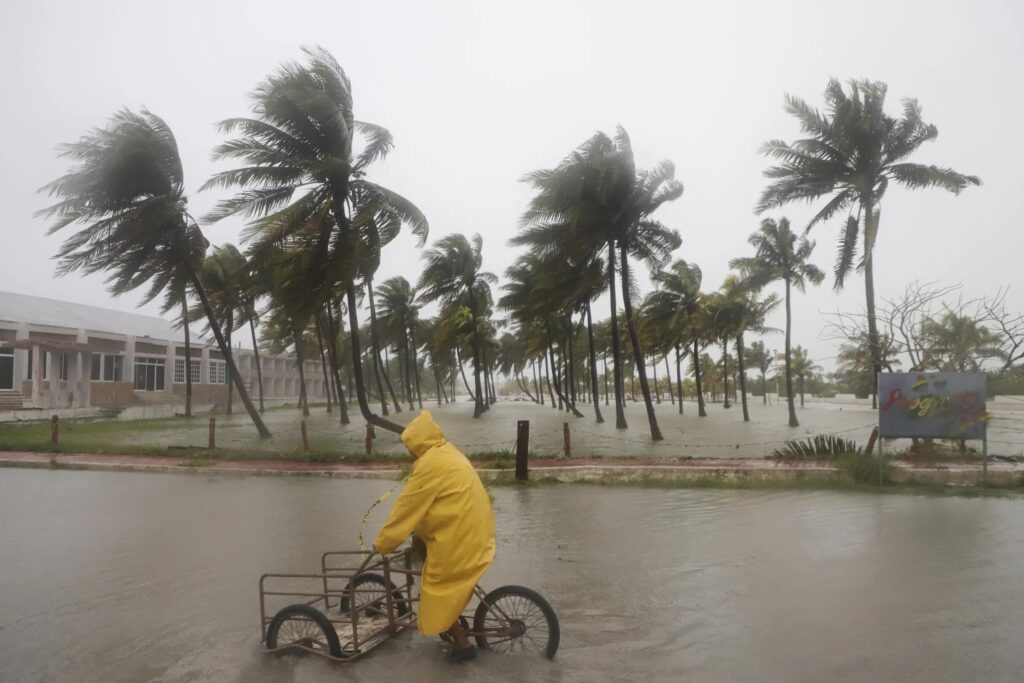
Hurricane Milton, which made landfall in Florida on Oct. 9, has had a significant impact across the state, particularly in the Tampa Bay and Jacksonville areas.
It initially made landfall near Siesta Key as a Category 4 hurricane with winds exceeding 100 mph, causing widespread destruction.
The storm produced severe flooding, particularly in the St. Johns River and along Florida’s east coast. Homes and roads were flooded, and a flood watch was in place for a few days following the storm. Additional devastation was inflicted by hurricane-triggered tornadoes, especially in Fort Pierce, where a retirement complex had multiple fatalities.
More than 3 million households and businesses were without power at the storm’s height, causing widespread disruptions.
According to F0X13 Tampa, Mayor Castor Mayor Castor, along with Mary Lou Carn from TECO, said crews were working around the clock to restore electricity after nearly 600,000 customers lost power.
“We will experience a longer restoration time than our community experienced with prior storms,” Carn said, adding that flooding and fallen trees were the primary reasons for the widespread outages.
The roof of Tropicana Field in St. Petersburg was severely damaged, with winds exceeding 100 mph tearing parts of it apart; at a high-rise construction site, a crane collapsed due to the intense winds, adding to the devastation.
Rescue workers have been putting in endless effort to remove debris, restore power and help individuals impacted by the storm. Recovery is anticipated to take days, if not weeks, as Florida evaluates the full extent of Hurricane Milton’s destruction, even though the storm passed into the Atlantic in less than a day.
Many Florida A&M students from the Tampa Bay area were sure to check in with their relatives to ensure specific safety measures were being put in place. Florida A&M senior Jaydan Harley said, “Thankfully, my family wasn’t physically affected by Hurricane Milton, and they did not suffer any damage to their homes or anything. But they did lose power and service for a couple of hours, so in the midst of the storm and a little bit after, I was not able to check on them to see how they were doing.”
Another Florida A&M student, senior Victoria Montanez, said, “Some of my family who lives in mobile homes evacuated to my aunt’s, and my brother and grandma evacuated their apartment to my folks’ house. My parents didn’t board up the windows, but they got sandbags and ensured they were stocked up with food, water and gas. Some trees fell on my neighbor’s house and fence, but my folks got lucky.
“Nothing damaged their house, but it was a lot they had to clean up from the yard. And my parents were in an evacuation area; they kept saying it was all because of God.”
Power disruptions impacted millions of people in the state. Electricity was reduced to around 1.7 million homes and businesses, mainly in the Tampa Bay. Because of the scope of the devastation, which included downed power lines and debris obstructing highways, restoration operations were limited.